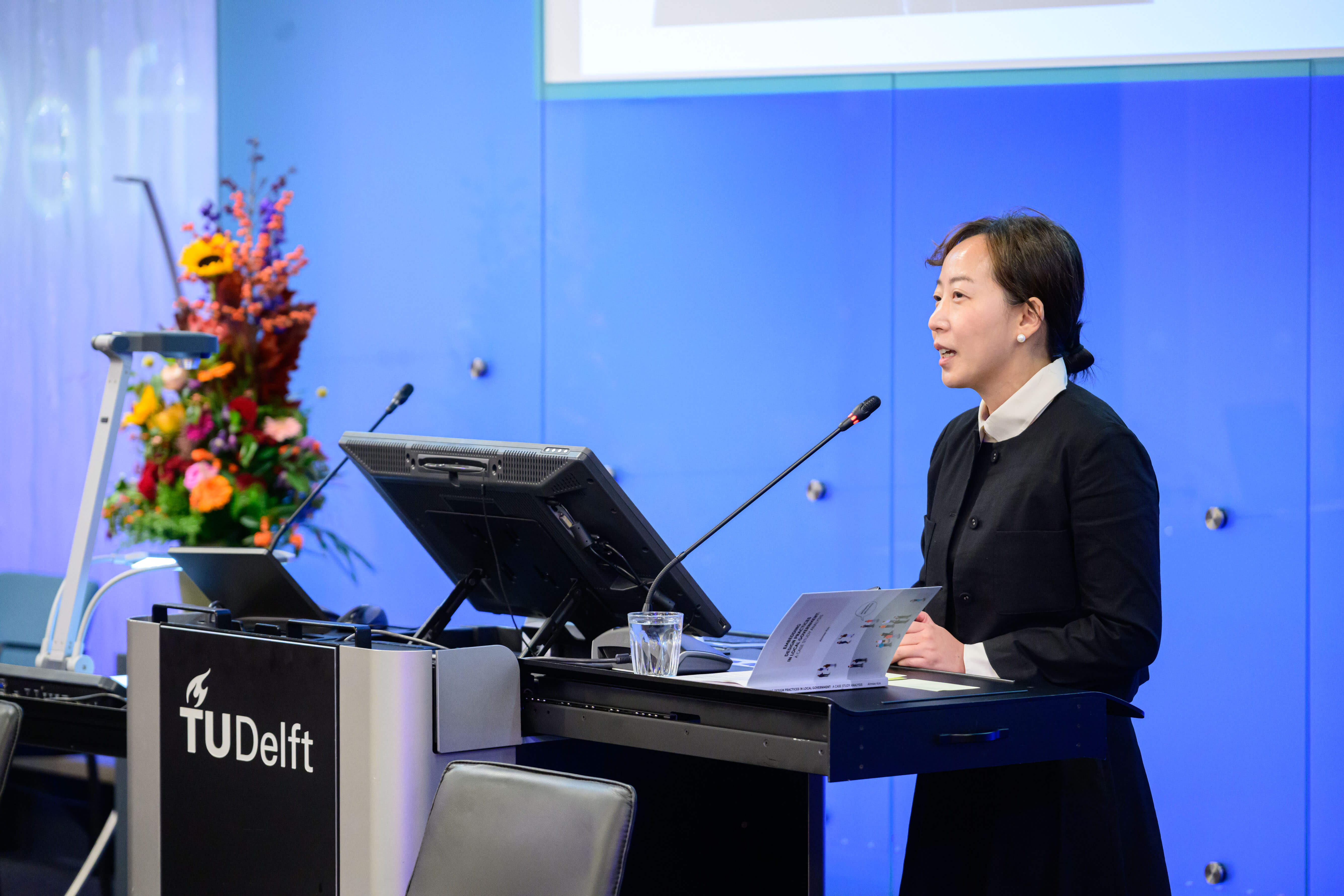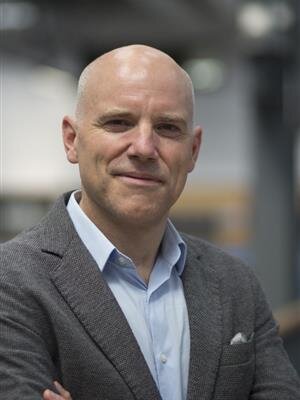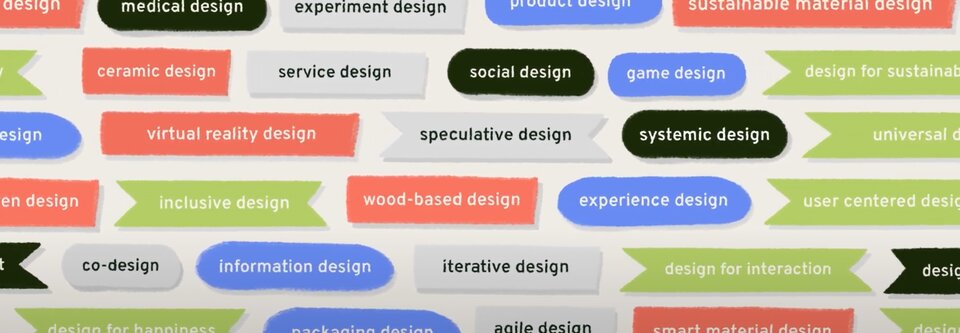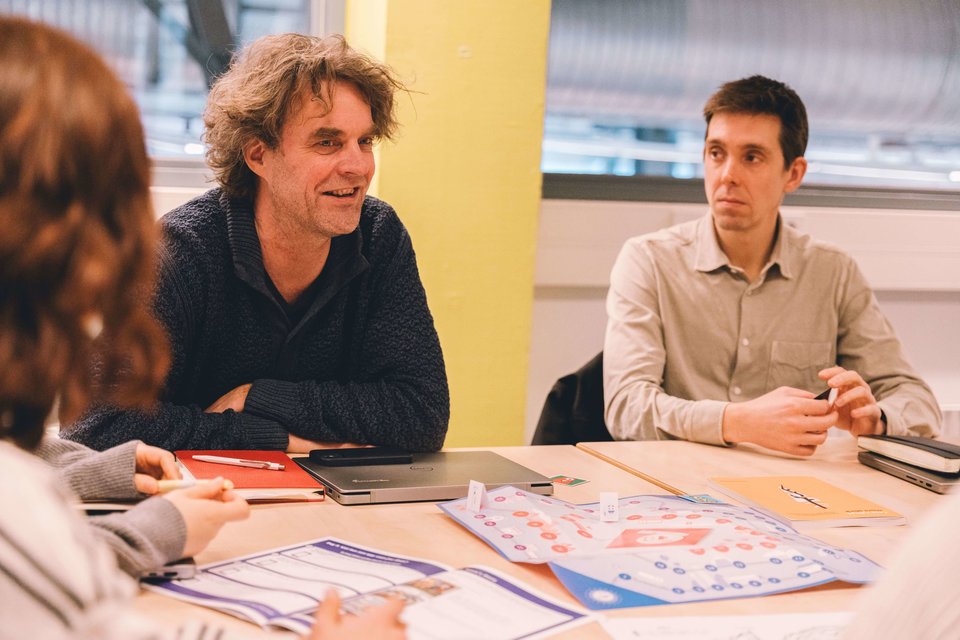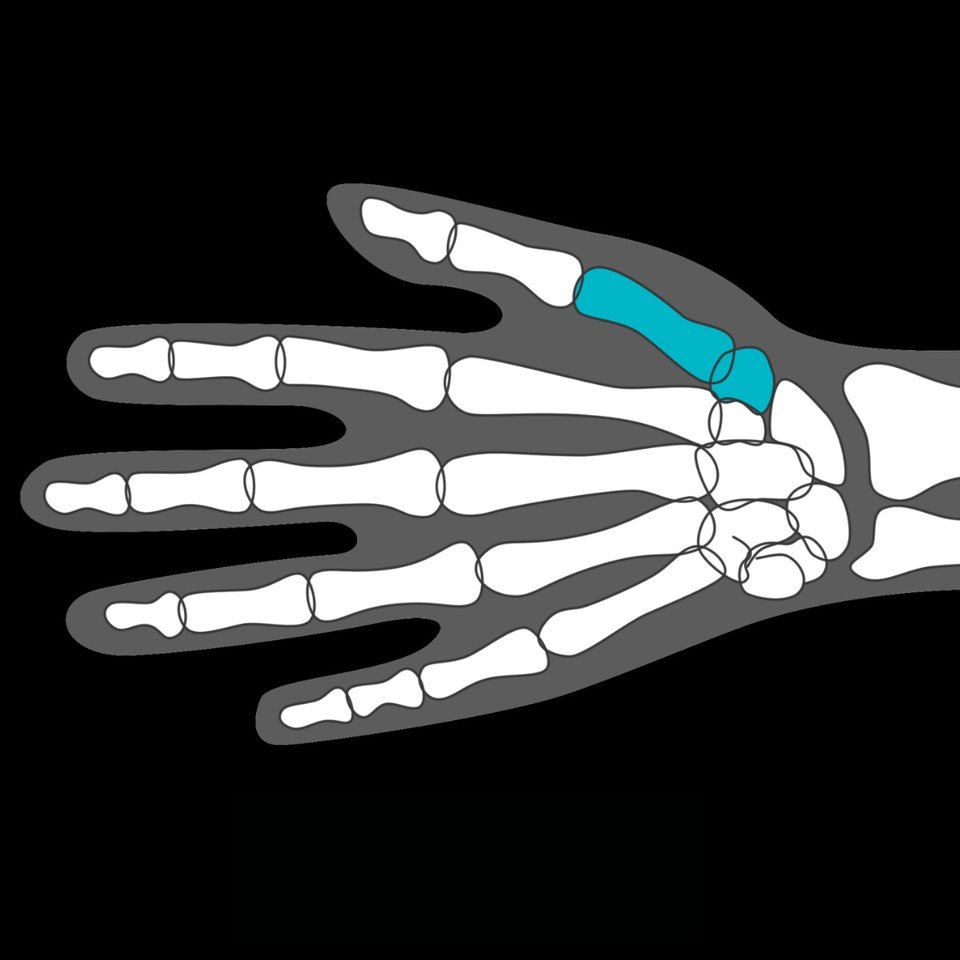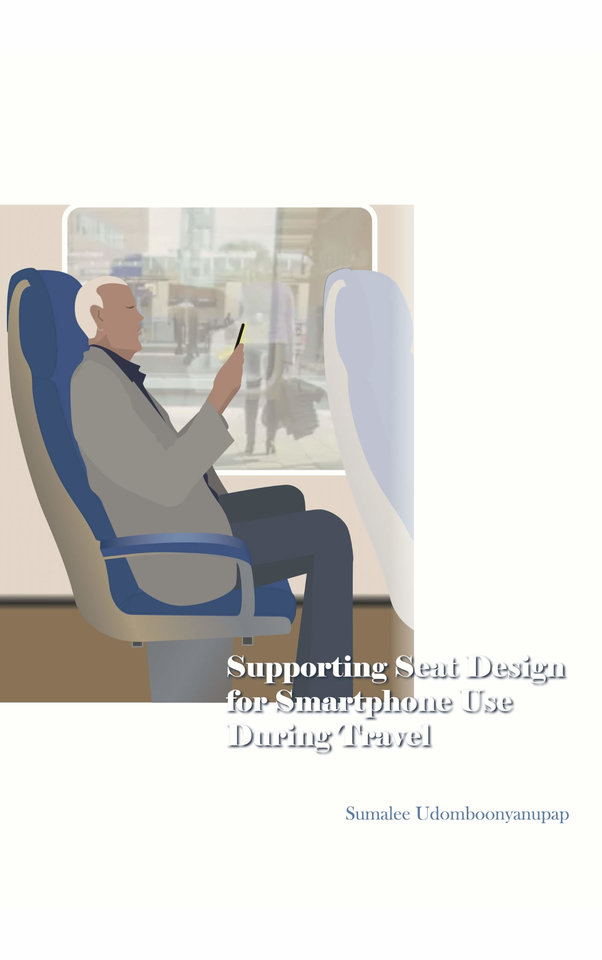How design can help local governments better serve their communities
Governments increasingly see the value of design practices in public service and policy issues, but there are obstacles when it comes to implementation. As an emerging field, there is not much knowledge on design in the public sector. Through her PhD research, Ahmee Kim set out to explore what hinders design for policy practices and how embedding design in organisations can create value, helping local governments to better serve their communities.
More meaningful impact
Originally trained and employed as an interior architect, Kim was inspired by a client working in the social innovation sector. Looking to do something that she saw as more meaningful with her life, she then spent a couple of years working for a social enterprise.
Her PhD research focussed on finding ways to scale design practices in the context of local governmental organisations, and how practitioners can benefit from this knowledge. Local governments, at the municipality level or equivalent, are responsible for making local policies and providing various public services for the everyday life of residents, such as schools, housing and planning, waste collection, and licensing. Kim believes that if governments can change their ways of working, employing user-centred design approaches in public projects and co-designing with citizens and private sector stakeholders, there is the potential for great impact.
Identifying obstacles
Early in her PhD, Kim interviewed designers working with or inside government organisations about what they consider as barriers to design practices in the public sector. What she discovered was that they considered the current ways of working in government organisations as the barrier to design practices.
This exploratory study helped her to narrow down her research questions and focus on how design practices are implemented and developed inside government organisations – a phenomenon that she refers to as embedding design in government.
Evolution of design practices
The phenomenon of embedding design was defined in Kim’s research as the process through which a government organisation's design capability matures, leading to an increase in value creation through design practices and in the stability of design practices within the government.
To capture the complexity of this phenomenon, she applied a novel document-based research method to a multiple-case study of five local government organisations in the US, the UK, and New Zealand. Using publicly available information from websites and databases, Kim examined the traces of design practices and how they evolved in those organisations over time.
Through this, she identified patterns on how they develop and what mature design practices look like. Some focussed on using design to enhance public services in the short term ("design for service"), while others emphasised tackling complex problems over the long term, involving multiple stakeholders ("design for complexity" and "design for systemic change").
Valuable insights
Ultimately, Kim concluded that design maturity in local government is related to the level of versatility and stability in design practices.
“I think that this kind of knowledge can help other local governments to implement design practices in terms of versatility and stability, so that they can see there can be different types of value through design and strive to stabilise design practices in their organisations," she said.
Her research provides fresh insights into how design is integrated into local government, offering valuable guidance for designers and organisational leaders in the public sector. The study's methodological approach also presents a useful framework for researchers exploring the development of design practices in government organisations over time.
Where is she now?
Kim is currently working as a postdoctoral researcher at a public administration school in Seoul, South Korea. Reflecting on her time at TU Delft, she said: “I think the Faculty of Industrial Design Engineering, but especially my department, is really nice in the sense that there are so many good scholars aggregated in one place.

Ingrid Mulder
- +31 (0)15 27 85637
- I.J.Mulder@tudelft.nl
-
Room C-3-070
"Linking people through design."

